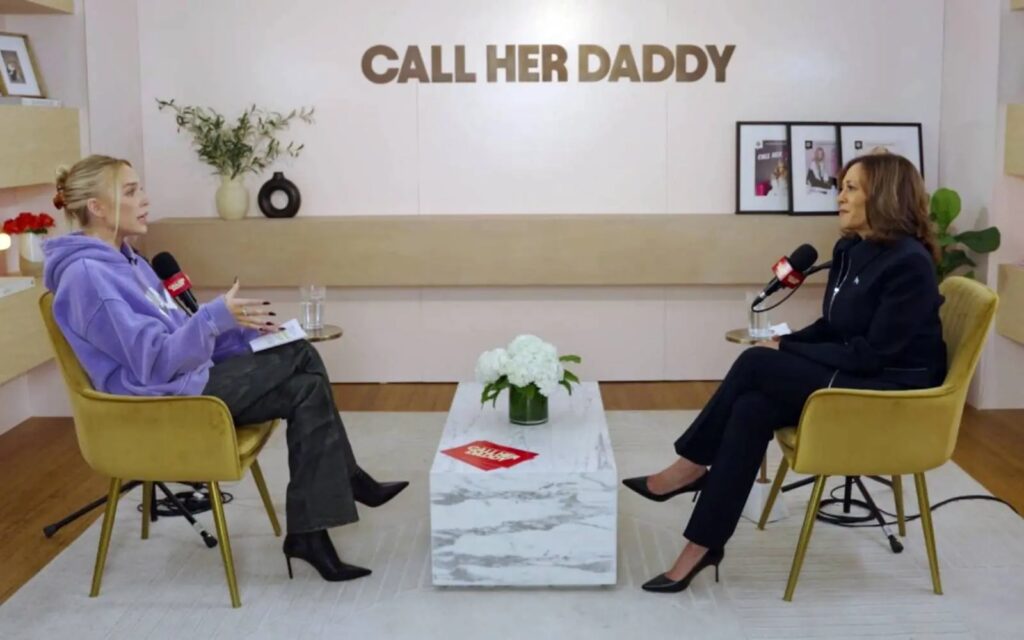Why Playing by ‘Old Media’ Rules Might Be Holding Your Strategy Back


Media relations teams spend countless hours teaching spokespeople the “rules” of journalism—how reporters think, what they value, and what to expect in an interview. But is that still the best use of time?
Journalists, in the traditional sense, make up a shrinking share of today’s media landscape. Increasingly, the people with the largest audiences and the most influence are not trained reporters at all. They’re podcasters, YouTubers or personalities with their own platforms—and they don’t necessarily follow the conventions of journalism.
That’s why I paused when I read longtime Canadian journalist Kirk LaPointe’s Business in Vancouver column offering tips to newsmakers about dealing with journalists. His advice reflects a professional code that fewer and fewer media figures actually observe. And while his piece is a good reminder of how ethical journalists operate, it also highlights a tension: We may be over-preparing spokespeople for a world that’s quickly fading, while under-preparing them for the one they actually face.
That’s the crux of the challenge: The media today is not synonymous with journalists—and increasingly, the outlets with the greatest reach don’t operate by journalistic rules.
‘Media’ Does Not Equal ‘Journalists’
It’s becoming increasingly important for communications pros to make a distinction between journalists and media. All journalists are media, but not all media are journalists. Journalists tend to adhere to guidelines. Media, however, may or may not.
Being able to say, “Oh, we’re not going to engage with that media outlet because they aren’t real journalists,” is a luxury that communications professionals may not have for much longer. That podcast or YouTube channel may have a much larger reach and much more influence than the real journalists you know.
For example, think of some of the media outlets U.S. presidential candidate Kamala Harris hit up during her unsuccessful 2024 campaign:
- Call Her Daddy with Alex Cooper: Podcast with a weekly audience of about five million listeners. Cooper is not a trained journalist.
- The Howard Stern Show: Satellite radio show with a weekly audience of about 10 million listeners. Stern is an experienced interviewer but not a trained journalist.
- All The Smoke with Matt Barnes and Stephen Jackson: YouTube-based podcast with one million subscribers. Barnes and Jackson are former NBA players, not journalists.
We have entered an era when newsmakers who want to reach a large audience with their message will have to play by the new media’s rules, and should never assume that journalistic standards are part of the equation.
A Transition Period for Communicators
I encourage all media relations professionals to read Daniel Nestle’s newsletter in which he argues that “Media Relations is Dying and We Should Let it Go“. Nestle argues that we should be worrying more about “earned attention”—in whatever form that may take—than media relations.
“Media Relations is problematic in part because it’s focused on an increasingly undefinable, fractured, and dying category,” Nestle writes—although he correctly points out that “a traditional Media Relations program makes sense if you’re in a highly regulated industry with significant public interest.”
Media relations people are dealing with a media landscape that doesn’t look anything like it did 15 years ago. It’s an eclectic buffet, and some of those buffet trays are indeed filled with formally trained journalists whom you can expect to operate by certain rules and norms. Others are not at all—and those are the trays that seem to be getting consumed the fastest.
You’re in the challenging position of having to navigate both worlds simultaneously, at least for the time being. And as Nestle points out, you’ll probably be forced to do this for longer than makes sense:
“I have an inkling that enterprise-level corporate communications will hang on to Media Relations long past its expiration date. And herein lies a conundrum. Or a paradox: Executives and Boards will question the ROI of investing in traditional media coverage, but will continue to use media coverage as a KPI for evaluating their communications teams. They will wonder why the Wall Street Journal isn’t interested in their CEO, and demand that the communications team ‘do something about that.’ As long as the pressure is on from above, Media Relations will maintain its place in communications plans, agency scopes, and job descriptions.”
I’d like to hear what expectations you and your communications team have of the media who interview your spokespeople. Are you becoming more comfortable operating outside of journalistic norms to leverage the broad reach and younger audiences of new media? Visit this post on our LinkedIn page to leave your thoughts and join the discussion.
Receive our newsletter
Sign up below and we’ll be in touch with monthly updates about Broadsight, along with news and insights to keep you on the cutting edge of communications work in an AI era.

